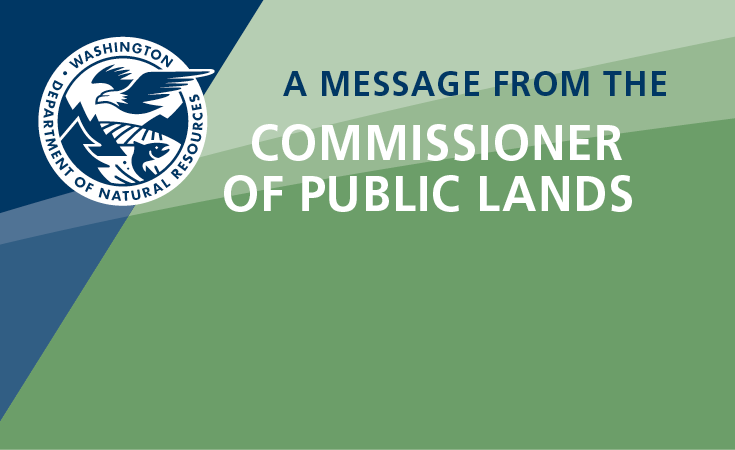Land Transactions
The Department of Natural Resources manages more than 3 million acres of state trust forest, agricultural, range, and commercial properties. These trust lands earn income to build schools, universities and other state institutions, and help fund local services in many counties. They also provide important habitat for fish and wildlife, recreation, and educational opportunities for the public.
For a list of current proposed and recently completed transactions, please see the column at left.
Trust Land Transfer
Established by the Washington State Legislature in 1989, the Trust Land Transfer (TLT) program allows the Washington State Department of Natural Resources (DNR) to reposition state trust lands to better serve the trust beneficiaries and the people of Washington.
Some of the lands that DNR manages are economically underperforming, and also have high ecological values and public benefits. Through the TLT program, DNR transfers these areas out of trust status to a receiving agency. DNR then purchases replacement land that can earn long-term, sustainable revenue for the affected trust(s). TLT is funded by the Washington State Legislature.
Some of the lands that DNR manages are economically underperforming, and also have high ecological values and public benefits. Through the TLT program, DNR transfers these areas out of trust status to a receiving agency. DNR then purchases replacement land that can earn long-term, sustainable revenue for the affected trust(s). TLT is funded by the Washington State Legislature.
Land Exchanges
Exchanging land with other public and private parties helps improve trust land values and income potential. Repositioning state trust lands can improve natural resources management and habitat protection. It also can increase the long-term non-tax revenue that helps build public schools and universities, and provide local services.
Other Land Transactions
Fee transfers to other public agencies, public auctions, and purchases of replacement properties keep trust lands productive for long-term revenue production. Replacement lands are purchased when trust lands with special environmental values are transferred to conservation or other ownership.


